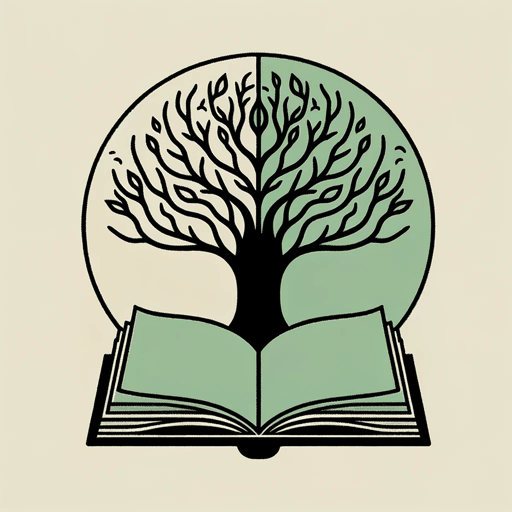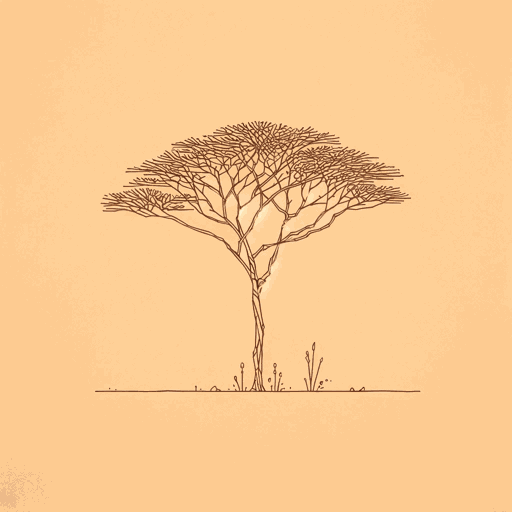60 pages • 2 hours read
Ngũgĩ wa Thiong'oThe River Between
Fiction | Novel | Adult | Published in 1965A modern alternative to SparkNotes and CliffsNotes, SuperSummary offers high-quality Study Guides with detailed chapter summaries and analysis of major themes, characters, and more.
Important Quotes
“Honia was the soul of Kameno and Makuyu. It joined them. And men, cattle, wild beasts and trees, were all united by this life-stream.”
(Chapter 1, Page 17)
This quote introduces the symbolic significance of the river Honia and sheds light on the relationship between the villages of Kameno and Makuyu. In precolonial Kenya, all living beings are physically and spiritually united by the river. This river’s life-giving nature enables the villages to prosper; thus, the river takes on great cultural significance. Any disconnection from the land results in a disconnection from their people’s own souls. However, the river is an insufficient symbol to unify the tribes against the threat of colonialism.
“The white man cannot speak the language of the hills.”
(Chapter 2, Page 21)
The people of the ridges do not take the threat of colonialism seriously because they believe that white people are incompatible with the land. They reason that because the white settlers have no connection with the land, they will be unable to take root and inflict hardships. This worldview is portrayed through the idea of speaking the “language” of the land itself. Uncharacteristically, the people do not listen to their own seers’ warnings about the white settlers, thus failing to listen to the elders’ language themselves.
Related Titles
By Ngũgĩ wa Thiong'o

A Grain of Wheat
Ngũgĩ wa Thiong'o

A Meeting In The Dark
Ngũgĩ wa Thiong'o

Decolonising the Mind: the Politics of Language in African Literature
Ngũgĩ wa Thiong'o

Devil on the Cross
Ngũgĩ wa Thiong'o

Dreams in a Time of War
Ngũgĩ wa Thiong'o

I Will Marry When I Want
Ngũgĩ wa Thiong'o

Matigari
Ngũgĩ wa Thiong'o

Petals of Blood
Ngũgĩ wa Thiong'o

Weep Not, Child
Ngũgĩ wa Thiong'o

Wizard of the Crow
Ngũgĩ wa Thiong'o

